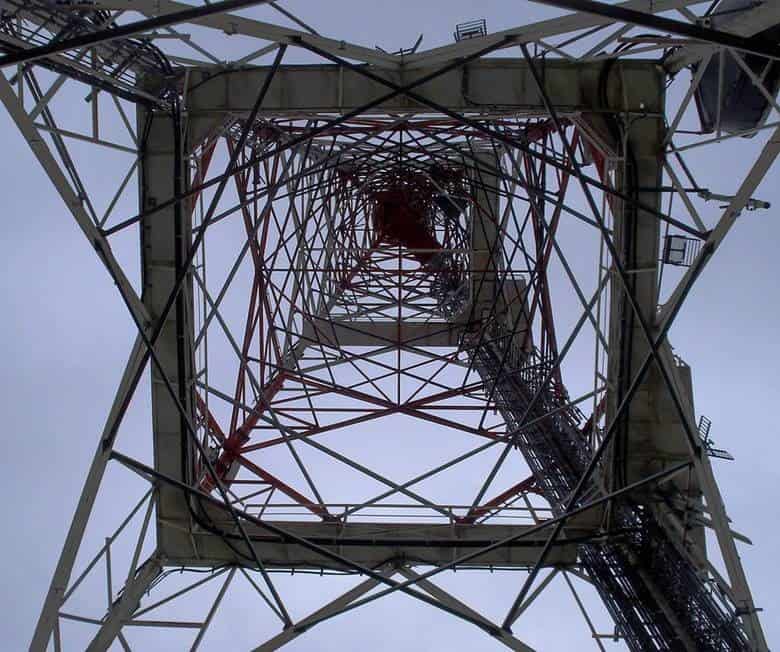The Federal Circuit has reversed a decision by a federal court and found that a patent claim was directed to a patent-eligible improvement in computer functionality.
Mentone Solutions LLC v. Digi International Inc. involves a patent that “relates to dynamic resource allocation in general packet radio systems.”
As the court explained,
In those systems, a number of mobile stations communicate with a single network through physical links called Packet Data Channels (PDCHs). …. When the mobile stations receive information from the network, they are engaging in downlink (DL) communication, and when the mobile stations are transmitting information to the network, they are engaging in uplink (UL) communication….. These mobile stations communicate within time frames, each divided into eight timeslots.
The patent identifies two restrictions:
First, “the mobile station is not able instantly to switch from a receive condition to a transmit condition or vice versa.” …This turn-around time, along with the time needed to perform certain measurements, prevents certain multi-slot patterns from functioning. …
Second, in systems using an extended dynamic allocation method, there is a fixed relationship between the downlink slot in which a valid USF is received and the uplink slot in which transmission begins; a mobile station’s receipt of a valid USF in a certain downlink timeslot indicates the availability for that station to begin transmission in the corresponding uplink slot
The purported invention focuses on easing the latter restriction. As the court explained,
It allows mobile station access to previously restricted multi-slot configurations through “altering the fixed relationship in the timing of the downlink allocation signaling [sic] and subsequent uplink transmission for certain classes of the mobile station.”
Mentone sued Digi International Inc. and Elo Touch Solutions, Inc. for infringement of at least claim 5 of the patent.
The defendants claimed that the patent claims were patent-ineligible under 35 U.S.C. § 101.
Section 101 provides that:
“[w]hoever invents or discovers any new and useful process, machine, manufacture, or composition of matter, or any new and useful improvement thereof,” may obtain a patent
However, under the US Supreme Court’s decision in Alice Corp. v. CLS Bank Int’l, “[l]aws of nature, natural phenomena, and abstract ideas are not patent-eligible.”
The district court agreed with the defendants, holding that claim 5 is “directed to the abstract idea of receiving a USF and transmitting data during the appropriate timeslots.”
Also, the district court held that
the shifted uplink status flag combined with the “abstract idea, functional limitations, and anything else” is not significantly more than a claim to the abstract idea.
Thus, the district court dismissed the infringement claims. The patent holder appealed.
As the federal circuit explained,
We apply the Supreme Court’s two-step framework to determine patent eligibility. …First, we determine whether the claims are directed to a “patent-ineligible concept,” such as an abstract idea. … If they are, we examine “the elements of [each] claim to determine whether it contains an ‘inventive concept’ sufficient to ‘transform’ the claimed abstract idea into a patent-eligible application.”
When it comes to software, said the court,
step one often “turns on whether the claims focus on specific asserted improvements in computer capabilities or instead on a process or system that qualifies [as] an abstract idea for which computers are invoked merely as a tool.”
The court cited an earlier federal circuit decision in which it said
We have routinely held software claims patent-eligible under Alice step one when they are directed to improvements to the functionality of a computer or network platform itself.
Here, found the court,
claim 5 is directed to a patent-eligible improvement to computer functionality, namely permitting additional multi-slot configurations for certain classes of mobile stations using extended bandwidth allocation…. It adds this capability by using a shifted USF that breaks the fixed relationship in the timing of downlink allocation signaling (i.e., receipt of a USF on a timeslot) and subsequent uplink transmission.
Thus, held the court, “The claim does not merely recite generalized steps to be performed on a computer” and is therefore patent-eligible.
Just like the haiku above, we like to keep our posts short and sweet. Hopefully, you found this bite-sized information helpful. If you would like more information, please do not hesitate to contact us here.


